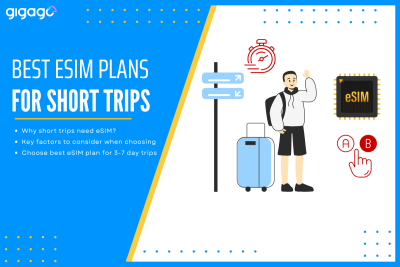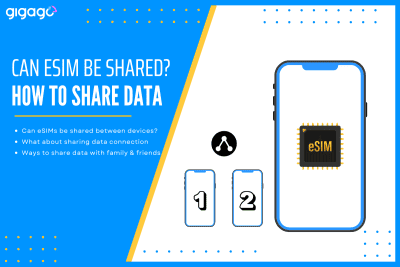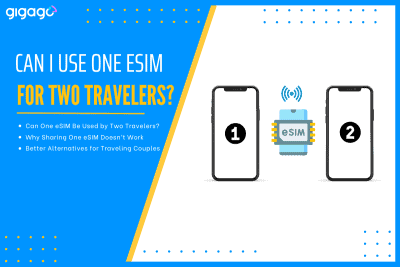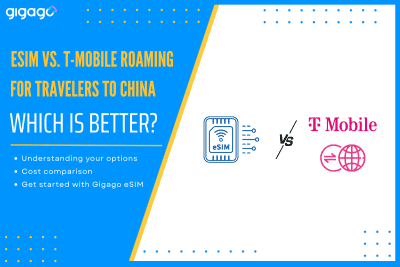Traveling for a short trip, typically for 3- to 7-days, drastically changes the rules of connectivity. The traditional solutions like expensive carrier roaming or time-consuming local SIM buying are simply impractical when time time is precious. This is where eSIMs take the picture. The eSIM (embedded because it is a digital solution that solves the […]
Does iPhone 16 have a SIM card slot?
The iPhone 16 series launched marks another milestone in Apple’s ongoing evolution of smartphone technology, especially in how users connect to mobile networks. Following the precedent set by the iPhone 14 and 15 series, the new lineup maintains a region-targeted strategy for SIM support, especially in the US market. This strategy reflects Apple’s recognition of varying global market needs and user preferences.
In this post, we will answer the common question “Does iPhone 16 have a SIM card slot?” That helps people understand how the iPhone 16 series works across different regions.

Highlights:
- Four iPhone 16 models do not have a sim card tray in the United States
- The rest of the world can use dual SIM on one phone: one physical and one eSIM or two eSIMs.
- The iPhone 16 models sold in mainland China have two physical SIM card slots.
In this article
Does iPhone 16 have a SIM card slot?
The answer to this question varies depending on where you buy your iPhone 16 / 16 Plus / 16 Pro / 16 Pro Max.
Apple has adopted a region-specific approach to SIM card technology in its latest iPhone series.
There are basically 03 SIM card options for the iPhone 16 based on different regions.
1. United States
Ever since the iPhone 14, Apple has been nudging the US towards a SIM-free existence. The iPhone 16 produced for the United States market DOES NOT have a physical SIM card slot. Instead, it only uses eSIM, which is a digital version of a SIM card built into an eSIM-compatible device.
The reasons why Apple removed the physical SIM slot in the iPhone 16 models are:
- To encourage more people to use eSIM technology
- To make the inside of the phone simpler
- To make the phone more water-resistant by removing an opening
- To make it easier for users to switch between network carriers
2. China
China is different from other countries when it comes to SIM card adoption on recent iPhone models, including iPhone 16 series. This country exclusively uses physical SIM cards. In mainland China, the iPhone 16 has slots for two physical SIM cards. This means users can put two small SIM cards into their phone at the same time.
Why is China different?
- Many people in China prefer to use two physical SIM cards
- China has special rules about phones. Learn how to use phone in China for travelers.
- Phone companies in China haven’t widely adopted eSIM technology yet
3. Rest of the world
For countries that are not the United States or China, they offer a flexible approach with both eSIM and physical SIM options on the iPhone 16. These phones have a slot for one physical SIM card and also support eSIM. You can learn more about eSIM adoption on the official Apple’s iPhone 16 page.
Benefits of this approach:
- It works well for different countries where eSIM might not be widely used.
- Users can choose to use either a physical SIM card or an eSIM
- People can use two phone numbers by using both the physical SIM and eSIM
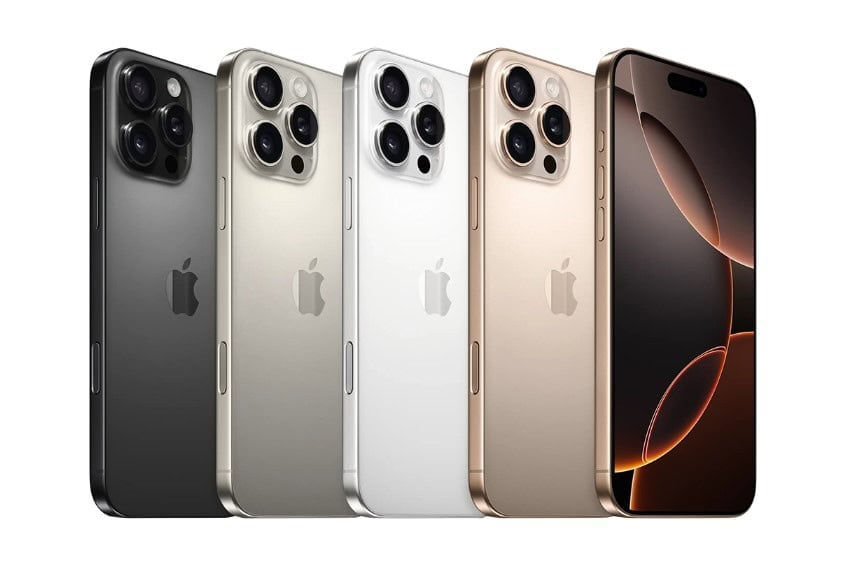
Below we make a table clarifying the type of SIM that iPhone 16 models can work with in different parts of the world:
| Region | SIM card configuration | Applied to iPhone 16 models |
| The US | Dual eSIM only | iPhone 16, 16 Plus, 16 Pro, 16 Pro Max |
| China | Dual physical SIM | iPhone 16, 16 Plus, 16 Pro, 16 Pro Max |
| Rest of the world | Dual eSIM or one eSIM + one nano-SIM | iPhone 16, 16 Plus, 16 Pro, 16 Pro Max |
To sum up, if you buy a new iPhone 16 model in the US, it will come without a SIM card tray. You then need to switch to an eSIM. But if you pick the iPhone16 up anywhere else, you will still get a device with a SIM card slot. In mainland China, iPhone 16 devices retain dual physical SIM card slots, catering to local preferences and regulations.
For consumers, understanding these regional differences is crucial when purchasing or using an iPhone 16, especially when traveling internationally or switching between carriers.
As eSIM technology continues to evolve, we may see a gradual shift towards its widespread adoption in future iPhone generations.
FAQs
Can I buy an iPhone 16 with a SIM card slot?
As long as you do not buy an iPhone 16 in the US, you will get one with both a physical SIM slot and eSIM support, with the exception of mainland China, Hong Kong, and Macau, where they only come with two physical SIM Cards. So don’t buy an iPhone 16 in the US if you need an iPhone with a SIM card slot.
Can I get an iPhone 16 with a SIM card slot in Mexico?
Yes, you can get an iPhone 16 with a physical nano-SIM card slot in Mexico. These devices also support eSIM technology, giving you hybrid option. This means you can use either a physical nano-SIM card, an eSIM or both simultaneously for dual SIM functionality.
Does the iPhone 16 have a SIM card in Canada?
Yes. iPhone 16 models remain compatible with nano-SIM cards in Canada. In most cases, the devices support both eSIM (if supported by the local cellular network) and a physical nano-SIM card. This hybrid approach offers Canadian users flexibility in how they connect to mobile networks.
